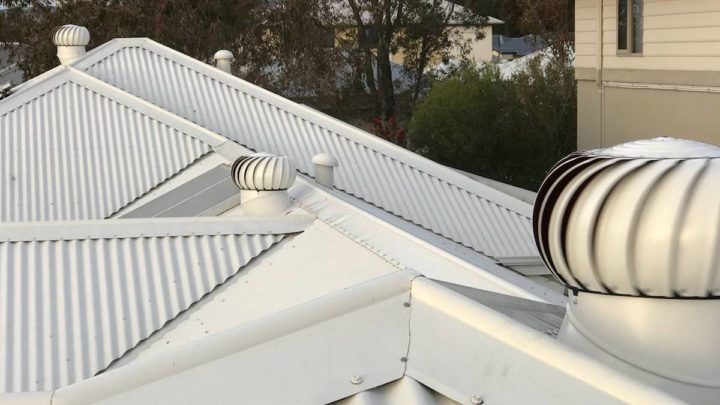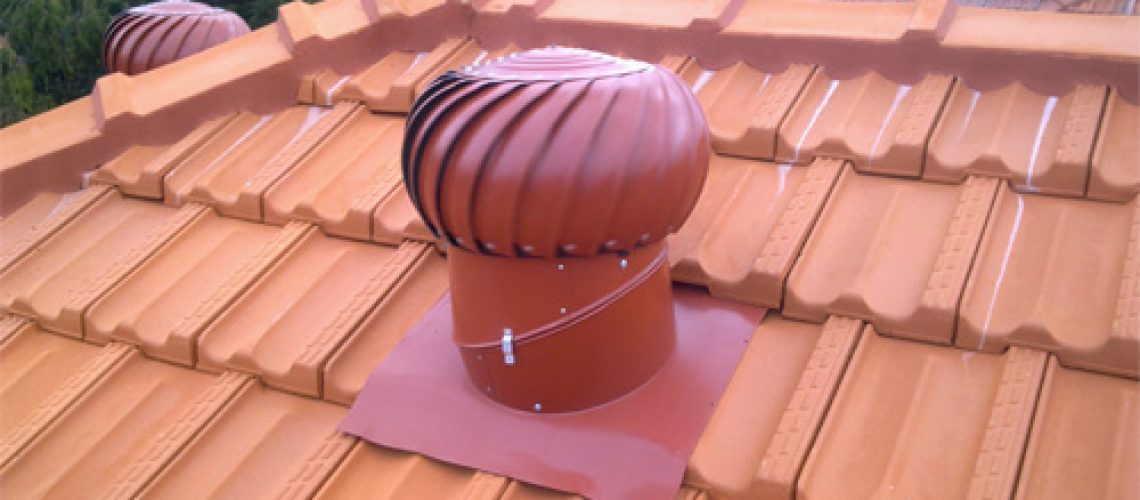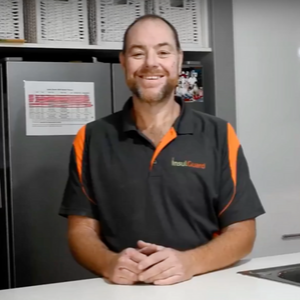When it comes to home improvements, the trusty whirlybird evokes plenty of debate. We’re always asked questions; from whether they work through to how much noise do they make. We’ve compiled for you our top 7 common misconceptions about whirlybirds.
#1 – They Are Noisy
Everyone has complained about a noisy whirlybird at some point. A functioning wind driven whirlybird is quiet, so if it’s making noise, it’s most likely broken. Usually this is the result of the whirlybird being bent or the bearings being worn out.
Some of the cheaper imported whirlybirds are notorious for this problem. For that reason, we recommend the Edmonds range of whirlybird ventilation.
#2 – They Don’t Work
Whirlybirds are one of the smartest home improvements you can make. Think of them like lifting a lid of a boiling pot of water, or the extractor fan in your bathroom. When hot air rises, it get’s trapped in your roof space. Whirlybirds create not only an exit point for this trapped air, but also extract the air. This means that they keep the roof space cooler and remove excess moisture.
With less heat in the roof space, the heat radiating downwards into the living area reduces. Also by allowing moisture to evaporate out of the roof, there is less risk of mould and mildew build up.
#3 – I Have A Tiled Roof So I Don’t Need Them
When you have a tiled roof construction, there is a misconception that you have air flow. Whilst tiles do enable a small amount of air to enter the roof space, they do not extract create air flow. This means that heat and moisture are still trapped in the roof space. A whirlybird will work better on a tiled roof as you create a small cross flow. Air can enter through the tiles and push heat out the whirlybird. Unlike metal roofs, there isn’t as much need for eave vents.

#4 – They Don’t Work When There Is No Wind
Whirlybirds are designed to spin in even in the lightest winds. Whirlybirds extract hot air via two ways; convection and creating a vacuum. The vacuum potential is driven by the wind speed and drawing heat out of the roof space. The stronger the wind, the more powerful the extraction. As hot air rises through convection currents, it can still escape no matter the wind speed.
#5 – They Leak When It Rains
Whirlybirds are designed to withstand high winds and rain. In fact, due the shape of the overlapping fins, there is no penetration of water. The International Rain Dynamic Penetration Test is used to back the Edmonds range.
#6 – They Only Work In The Summer
There are two main purposes to whirlybird ventilation; heat extraction and moisture management. In the hotter months, they extract heat from the roof space. As mentioned, this keeps your home cooler. It also makes your air con more efficient as there is cold air pushed through a cooler roof space.
They are very practical in the wetter winter months. As moisture builds up in your roof space, it can lead to mould and mildew problems. Having adequate whirlybird ventilation means that this moisture can evaporate the roof space. This means that there is a reduced risk in mould and mildew buildup.

#7 – Whirlybirds Are Expensive
After weighting up the first 6 common misconceptions, it’s easy to see the advantages. Whirlybirds are one of the best value for money home improvements you can make. A standard home normally requires a couple of wind-driven ventilators. For a standard single storey home, supply and install of a Edmonds Windmaster is around $250 each. Other options include a solar whirlybird starting at around $550 supplied and installed. You’re third choice would be an electric whirlybird which start around $950 plus $20 a year in power.
When you way up the benefits, it’s easy to se that whirlybirds are very cost effective. They reduce your need for artificial cooling, and when the air con is required, are more efficient. Further more, you’re risk of expensive mould and mildew damage is reduced.
So there you have it; our 7 common misconceptions about whirlybirds. If you have any questions, leave them in the comments below. For a tailored whirlybird solution for you’re home, you can get a quote here.


